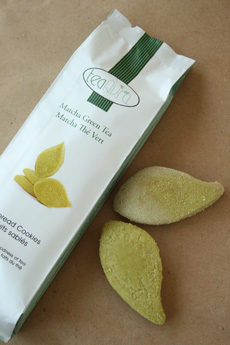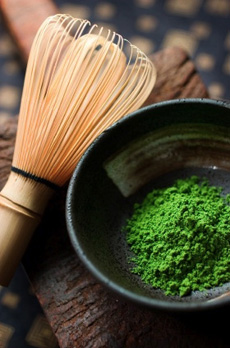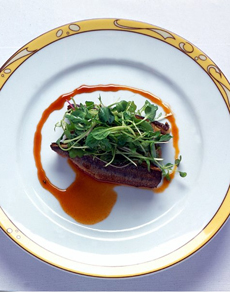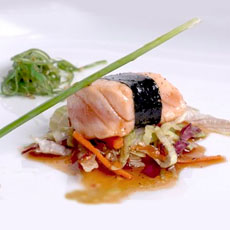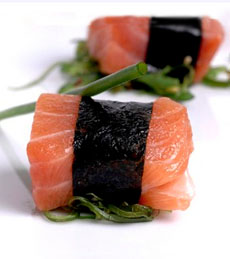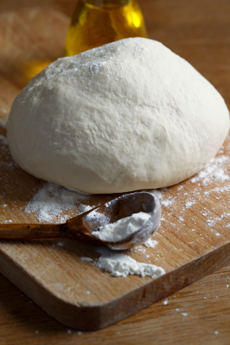
Pizza dough, so much fun to knead. Photo by Mariha Kitchen | IST. |
|
It’s National Pizza Week. If you’re not already making homemade pizza, here’s an incentive to start.
For the easy way, buy a pre-made crust, raw dough (we get ours at Trader Joe’s—delicious!) and add your favorite toppings. It’s healthier if you use a whole wheat crust.
For those who like to bake, here’s how to make your own pizza dough and a championship recipe from chef Bruno DiFabio, a six-time winner of the World Pizza Games / Pizza World Championships.
You may be a pure pepperoni person, or prefer a grilled veggie pizza. The most popular pizza toppings in America, according to one survey, are (in order) pepperoni, mushrooms, onions, sausage, bacon, extra cheese, black olives, green peppers, pineapple and spinach. (What, no anchovies?)
But if you’d like to consider more creative ingredients, including those that you rarely find at a pizza restaurant. You can also use your leftovers. For your consideration:
|
|
Proteins
Alternative cheeses: Brie, blue, feta, Gruyère, etc. (pick out something special in our Cheese Glossary)
Bacon in all its forms (types of bacon)—instead of four cheeses, consider four different types of bacon
Chicken, including BBQ or fried
Fried egg (crack the raw egg onto the pizza and let it cook in the oven
Lamb (ground—delicious with feta)
Seafood: clams, crab, scallops, shrimp, tuna
Veggies
Artichokes, avocado
Broccoli rabe, broccolini
Capers
Chiles: fresh, dried
Fresh herbs: basil, oregano, rosemary, thyme
Greens: arugula, radiccchio; fennel (sautéed); chard, kale, mustard greens (including mizuna and tatsoi), spinach (sautéed)
Onions: caramelized, cippolini, leeks (sautéed)
Potatoes: roasted, sautéed, mashed (all delicious with rosemary); sweet potatoes (especially with sage and Gorgonzola)
Tomatoes: fresh, sundried
You can make pretty much anything work.
|
DESSERT PIZZA
You can also make dessert pizzas with bananas and other fruits, chocolate sauce, Nutella, nuts and raisins, and other ingredients you enjoy. Check out:
Piña Colada Pizza Recipe
PERSONAL FAVORITES
We enjoy making these “fusion” pizzas, incorporating ingredients from other cultures into the iconic Italian food:
Asian: roast pork, scallions, water chestnuts, hoisin sauce
Greek: anchovies, dill, feta, fennel seeds, ground lamb, sliced grape leaves (see the different Mediterranean-inspired recipes below)
Russian: sliced roasted potatoes, smoked salmon and salmon caviar
|
|
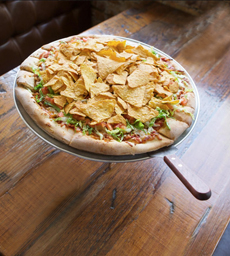
How creative can you get? This “taco pizza” is topped with ground beef, salsa, shredded cheese, diced tomatoes, shredded lettuce and tortilla chips. From Due Forni | Las Vegas.
|
|
MORE RECIPE IDEAS
Andouille Sausage Pizza With Onion Confit
Bacon & Walnut Pizza
BBQ Chicken & Buffalo Chicken Pizza Recipes
Bacon, Chicken & Ham Pizza Recipe
Gorgonzola Pizza With Caramelized Onions or with Pear & Walnuts
Greek Pizza Recipe: kalamata olives, spinach, onions, feta, sundried tomatoes
Middle East Pizza: lamb, Kalamata olives, feta
Potato & Pancetta Pizza, with asparagus, brick cheese, garlic and thyme
THE HISTORY OF PIZZA
How did the crust, tomatoes and mozzarella get together, especially when tomatoes were considered poisonous for their first 200-plus years in Europe?
Check it out!
|
|


